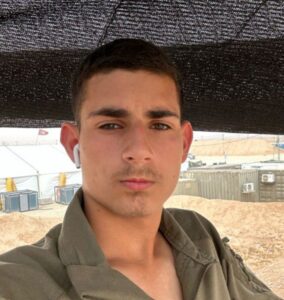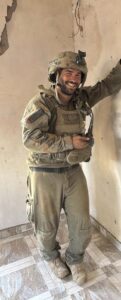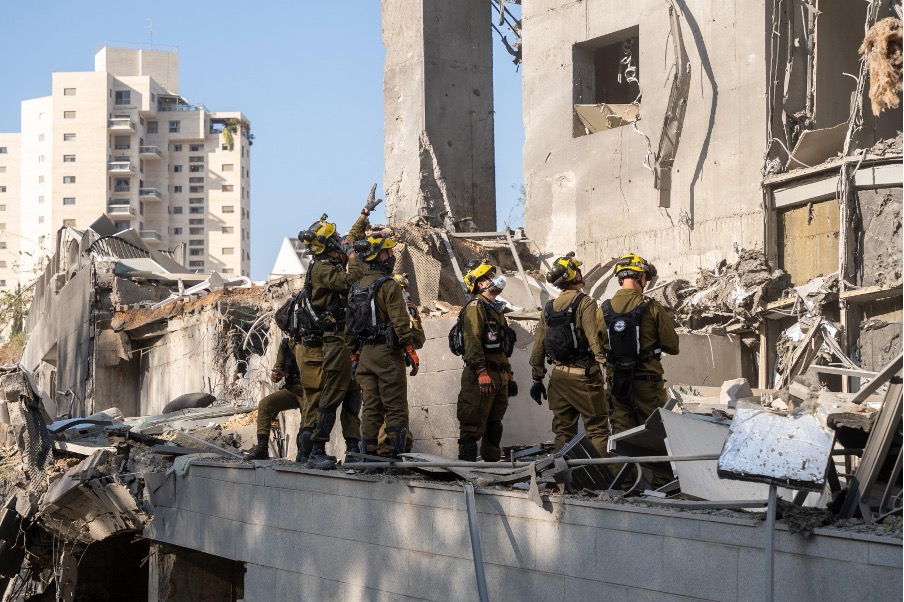
Overview
- IDF Spokesperson revealed that Hamas generated income of hundreds of millions of dollars during the war by exploiting the food aid and humanitarian crisis in Gaza by stealing aid and selling it at inflated prices.
- In light of Operation “Rising Lion”, Israel reduced its ground forces in Gaza.
- The number of ballistic missiles Iran is launching at Israel has dropped sharply, with Iran’s ability to strike Israeli civilian areas now severely degraded.
- Over the past eight days, the IAF has carried out more than 1,000 sorties over Iran, dropping hundreds of munitions on Iranian ballistic missile launch and storage sites. The IDF estimates that over 200 ballistic missile launchers have been destroyed—about half of Iran’s pre-war arsenal.
- The Houthis issue a statement threatening the United States if it joins the Israeli campaign against Iran, with a threat to attack American vessels.
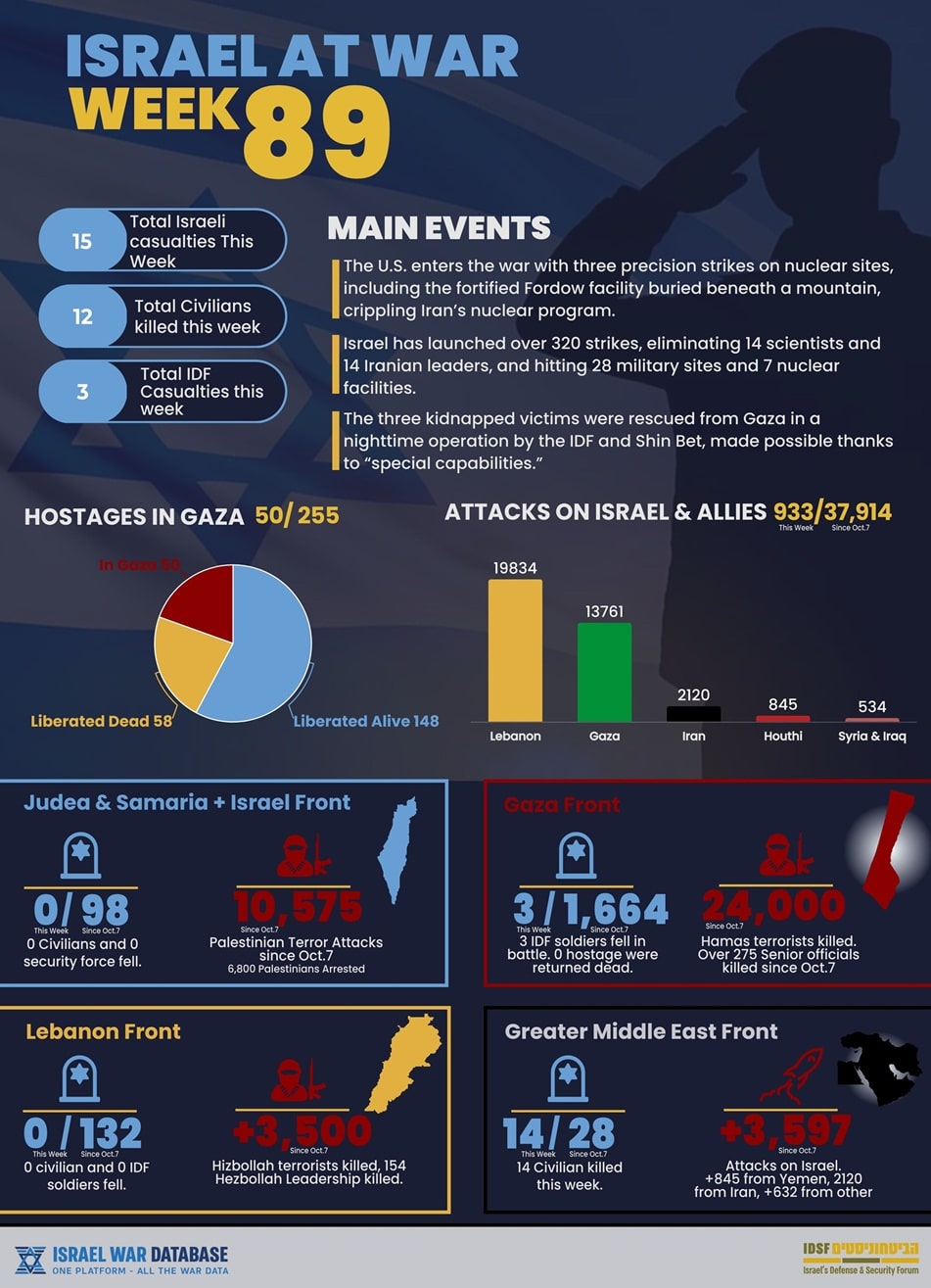
Iran
For more information on Iran, check out our detailed daily reports here.
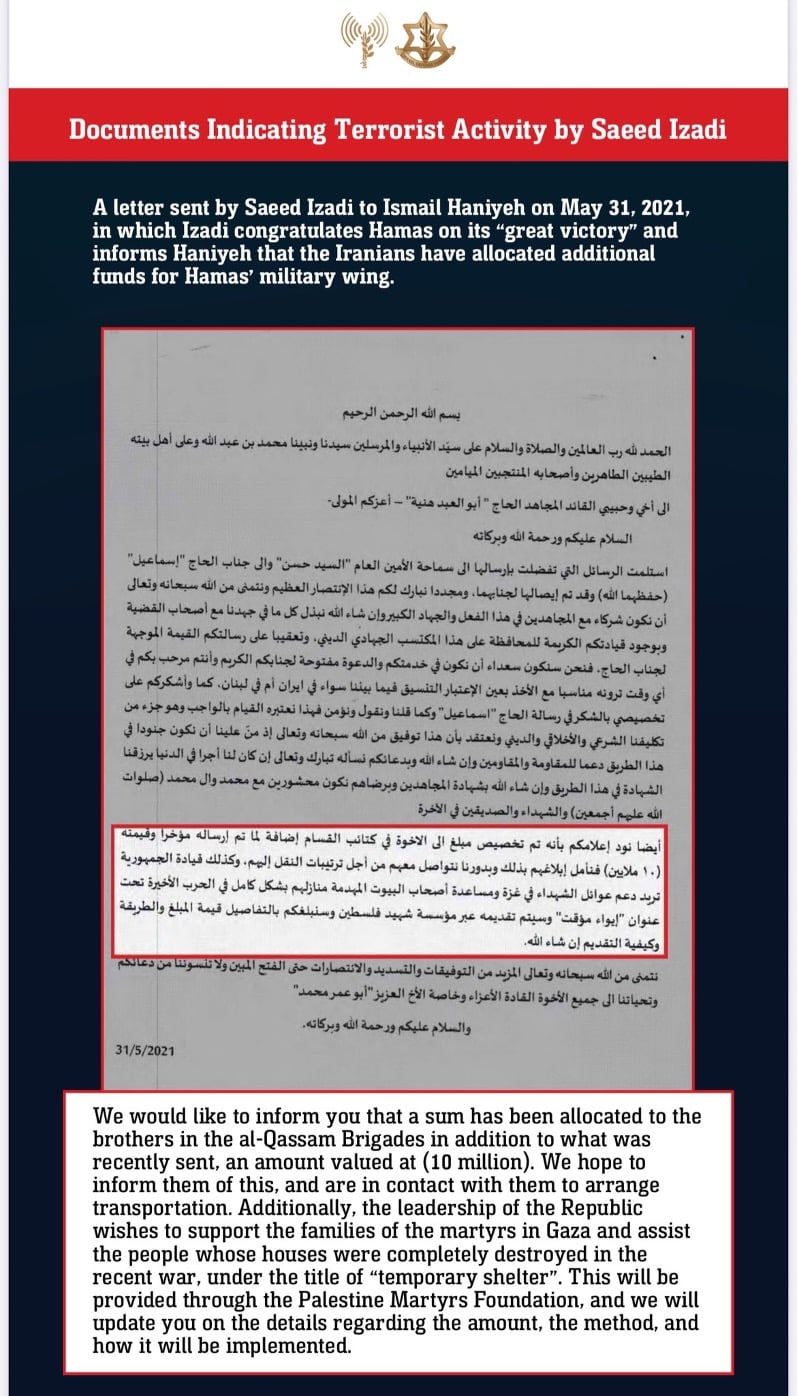
Gaza
Hostage Deal
- Mousa Abu Marzouk, Deputy Head of Hamas’s political bureau, said that despite Israeli claims of renewed negotiations, nothing has actually happened. He accused Israel of having no intention to end the war regardless of Hamas’s proposals and suggested that the Israel-Iran escalation could push Israel towards a temporary Gaza ceasefire. He further accused Prime Minister Netanyahu of a “thirst for blood.”
- The bodies of three slain hostages, Ofra Keidar, Jonathan Samerano, and Staff Sgt. Shay Levinson, were recovered in a joint military and Shin Bet operation from the Gaza Strip.
Humanitarian
- The Gaza Humanitarian Foundation reported that it has distributed 33.5 million meals during more than three weeks of operations in the Strip, including a record 3 million meals in a single day.
- Gaza Humanitarian Foundation interim director John Acree has asked the US administration to expand operations and requested an initial $30 million. In documents supporting its application, the group said it received nearly $119 million for May operations from “other government donors”. It expects $38 million from those unspecified government donors for June, in addition to the hoped-for $30 million from the United States.
- IDF Spokesperson revealed that Hamas generated income of hundreds of millions of dollars during the war by exploiting the food aid and humanitarian crisis in Gaza. Hamas systematically:
- Confiscated 15–25% of all incoming aid, storing it in its own warehouses, and either sold it at inflated prices or distributed it to its fighters and collaborators.
- Coordinated with stall owners in local markets to set artificially high prices, receiving a share of the profits.
- Extorted protection money from merchants and stall owners in exchange for permission to sell food and aid.
- Smuggled goods (including cigarettes and tobacco) via trucks coordinated with actors in Turkey, Iran, and other countries, capitalizing on high resale prices.
- Since the closure of border crossings on March 2nd, Hamas’s control and ability to finance its operations through these means has been significantly weakened.
Operational
- In light of Operation “Rising Lion”, Israel reduced its ground forces in Gaza, transferring the 98th Division (Paratroopers, Commando, and likely the 7th Brigade) out to reinforce other fronts, leaving only four divisions in Gaza. Even the Nahal Brigade returned to the West Bank after fighting in Beit Lahiya (northern Gaza), now under Division 162. In the Khan Yunis sector, Division 36 continues to lead, composed mainly of the Kfir, Golani, and 188th Brigades.
- Givati Brigade Combat Team is engaged in Jabaliya, conducting systematic clearing and demolition of structures. In Gaza City itself, reports describe ongoing building demolitions as part of Operation “Merkavot Gideon”—the main goal being to flatten every building (preventing Hamas from using those buildings to attack IDF troops) in the northern sector to expand the buffer zone and deny Hamas cover. Progress is slow, as extensive engineering is required to destroy all structures in newly captured areas.
- Kfir Brigade has destroyed over 700 terrorist infrastructures in Khan Yunis since entering the area, including tunnel shafts, booby-trapped buildings, and rocket launchers.
- Golani Brigade’s Combat Team and Yahalom (combat engineers) completed a mission beneath the European Hospital, destroying Hamas’s former main headquarters (previously commanded by Mohammed Sinwar). They poured 250 cubic meters of concrete via dozens of trucks and cement mixers, sealing off the underground complex.
- Israeli airstrike in Gaza eliminated a senior commander of the Mujahideen Brigades, a group involved in burying the bodies of slain hostages Gadi Haggai and Judith Weinstein. This operation underscores Israel’s ongoing focus on both eliminating high-value terrorist targets and addressing the fate of hostages.
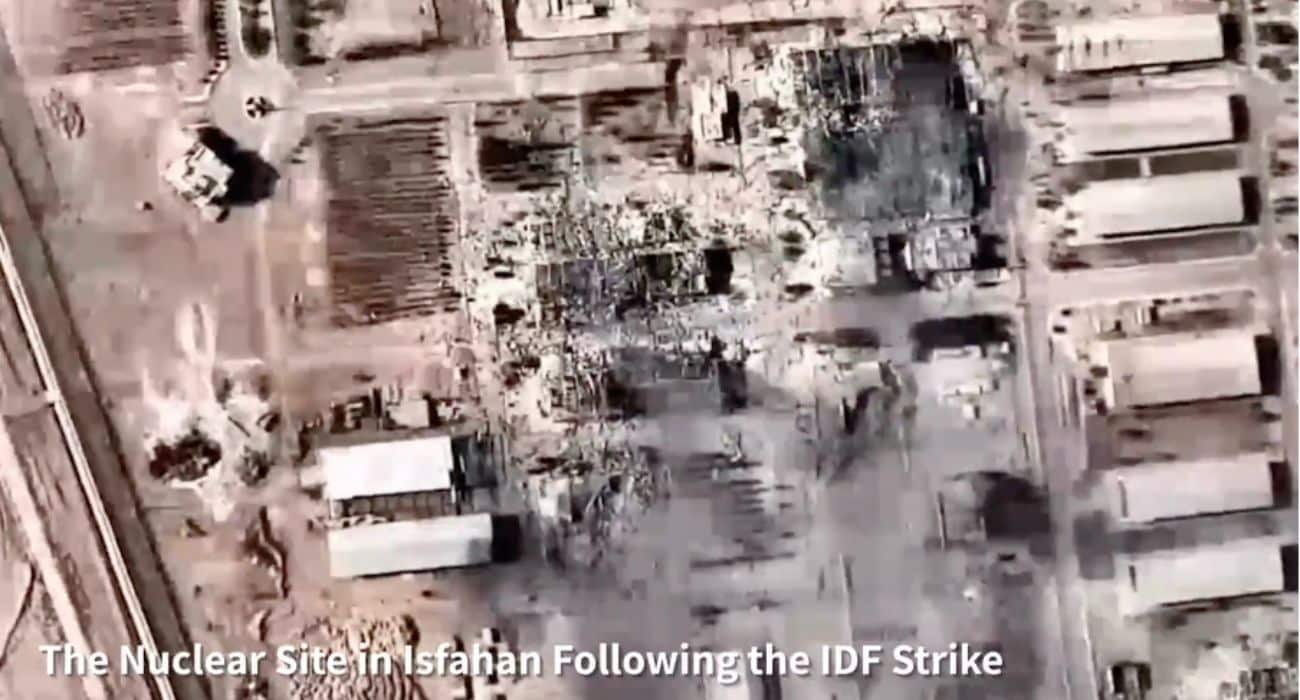
Domestic Israel
- IDF Chief of Staff Lt. Gen. Eyal Zamir announced that Israelis should prepare for a “prolonged campaign” against Iran in order to “eliminate a threat of this magnitude,” indicating that a quick end to hostilities is unlikely. Zamir noted that Israel’s opening strike was launched with knowledge that Iran possessed around 2,500 surface-to-surface missiles, and could reach an estimated 8,000 within two years if left unchecked.
- Addressing concerns raised by U.S. media about possible shortages of Israeli interceptor missiles, the IDF clarified that it is using fewer interceptors than anticipated. Contrary to predictions, Iran launched only about 100 ballistic missiles in its initial salvo, less than the several hundred expected. Over the past week, 470 ballistic missiles have been launched at Israel—still below the IDF’s reference scenario for this operation. The IDF emphasized it is “prepared and ready to handle any scenario,” suggesting that reports of shortages may be attempts to sway public opinion against continuing the campaign.
Judea and Samaria
- IDF, Border Police, and Shin Bet launched an offensive in northern Samaria as part of Operation “Iron Wall”, with Nahal Brigade redeployed from northern Gaza for intensive action.
- Five battalions are currently operating in Nablus and Balata, expanding the “Iron Wall” operation from north to central Samaria. Hundreds of buildings have been searched, large quantities of weapons seized, and suspects apprehended. In Balata, two weapons manufacturing lathes were confiscated, with four more destroyed elsewhere.
- In recent raids, five terrorists were arrested, including one in Tamun (planning an imminent attack) and two in Jenin (engaged in bomb-making).
- In the southern Jordan Valley, police and Border Police thwarted a gun-smuggling attempt involving parts for six M-16 rifles.
- Pro-Hamas Palestinian channels are attempting to incite lone-wolf attacks in the West Bank, referencing the state of war and recent Iranian missile strikes: “Tehran strikes while the West Bank resists and distracts the enemy.”
- These efforts are tied to Iranian calls in recent days for “Islamic unity” against Israel, seeking to synchronize unrest across the region.
Lebanon
Operational
- IDF airstrikes in southern Lebanon killed Hezbollah’s artillery commander in the Litani sector, who was involved in restoring terror infrastructure. Another local anti-tank commander was eliminated in the Shebaa area by Israeli aircraft. In Tyre, a vehicle was targeted, resulting in the death of a Hezbollah commander.
- Hezbollah’s secretary general declared support for Iran but refrained from threats of direct intervention. Israeli Defense Minister Katz warned against such involvement. At this stage, the “Shiite axis” is not operational—Iran is isolated, with only the Houthis in Yemen issuing new threats against Israel and U.S. shipping.
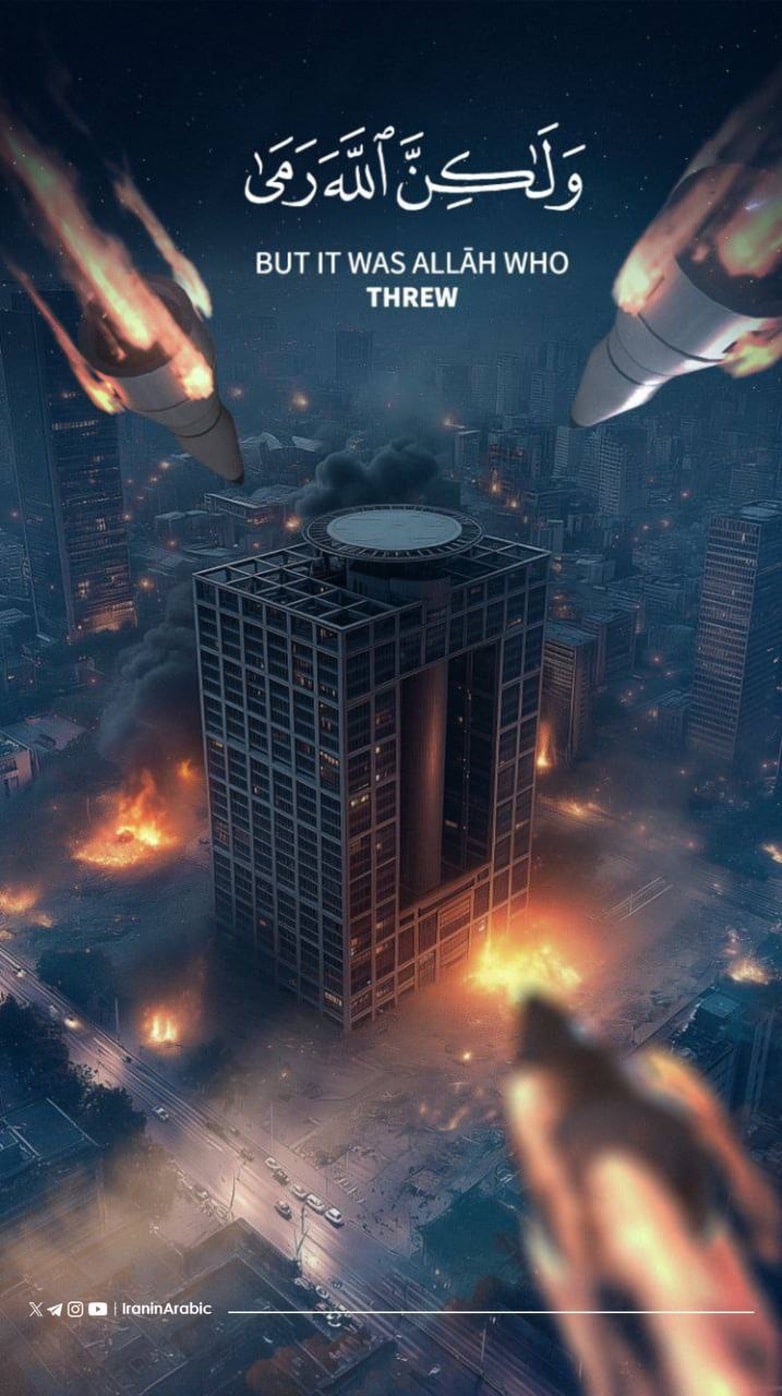
Yemen
- Mahdi al-Mashat, head of the Houthi Supreme Political Council, reaffirmed Yemen’s support for Iran’s right to defend its sovereignty and deter attackers.
- Houthi politburo member Muhammad al-Bakhiti announced: “We will intervene to support Iran against Zionist attacks, just as we have supported our brothers in Gaza.”
- The Houthis issue a statement threatening the United States if it joins the Israeli campaign against the Islamic Republic of Iran’s nuclear and military assets. Its spokesman said, “If the US is involved in an attack and aggression against Iran with the Israeli enemy, the armed forces will target its ships and warships in the Red Sea”
Iraq
- Iraqi Hezbollah brigades, having already threatened to fight alongside Iran if the U.S. joins the war, continue to threaten American forces. As a loyal Iranian proxy, they convey threats of sparking an Iraqi front to prevent U.S. intervention. After Iran’s “octopus arms” in the region were cut back, Tehran is seeking additional regional organizations—especially Iraqi Hezbollah, formed specifically to fight the U.S. and its representatives in Iraq.
Turkey
- Turkish sources report that President Recep Tayyip Erdoğan advised Syrian President al-Julani not to join the developing Israel-Iran war.
- The S. informed Turkey just hours before Israel’s strikes in Iran about the impending attacks, which helped to “prevent potential tensions” between Israel and Turkey.
- The Turkish government held a series of security meetings to consider emergency scenarios and potential spillover risks resulting from Israel’s strikes inside Iran.
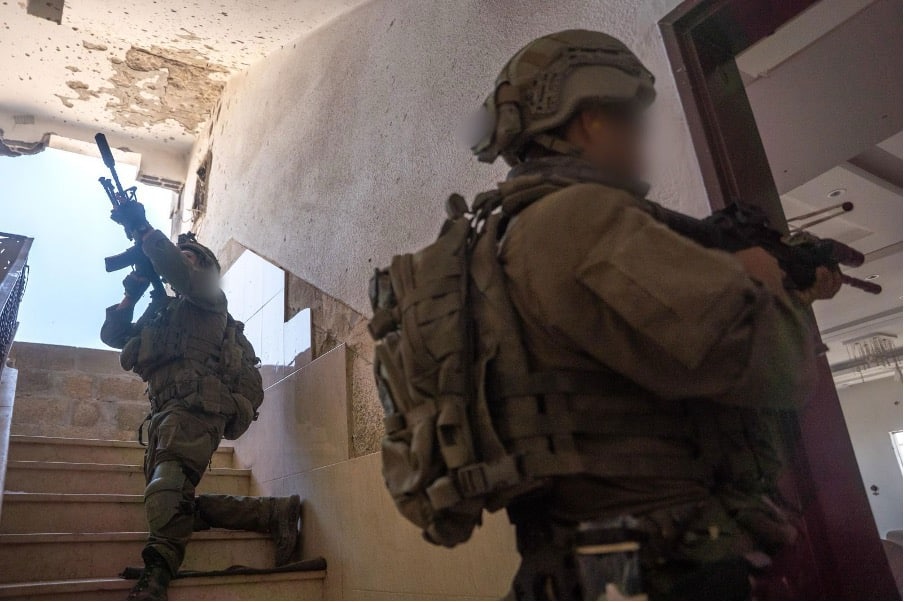
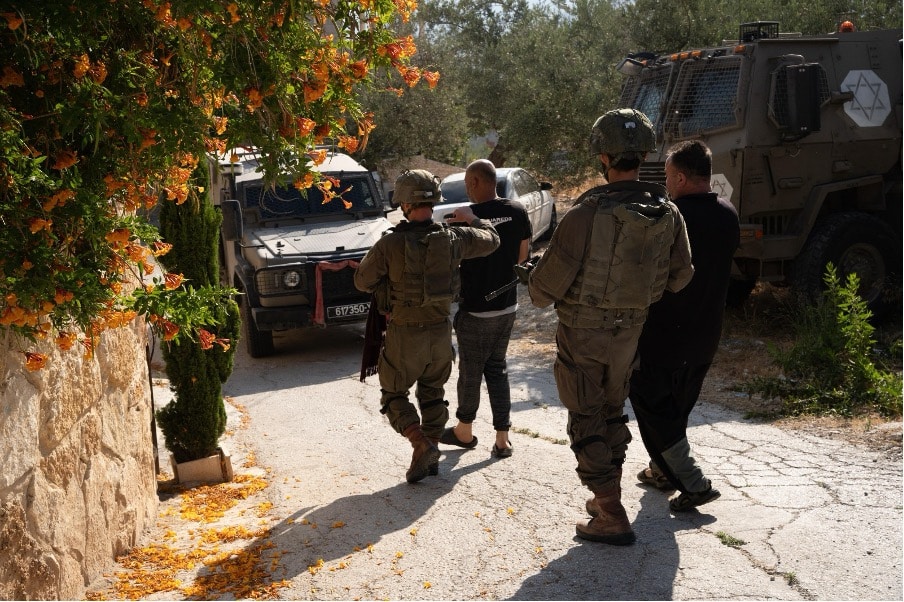
Global Jihad
- The editorial in the weekly ISIS magazine al-Naba commented on the Israel-Iran conflict, calling it a struggle between two rival powers for regional dominance. ISIS urges its followers to exploit the chaos by expanding jihad at all levels—logistics, recruitment, preparation, mandatory enlistment, and armament—and not miss this “opportunity,” trusting in God and understanding the moment.
Fallen Soldiers
